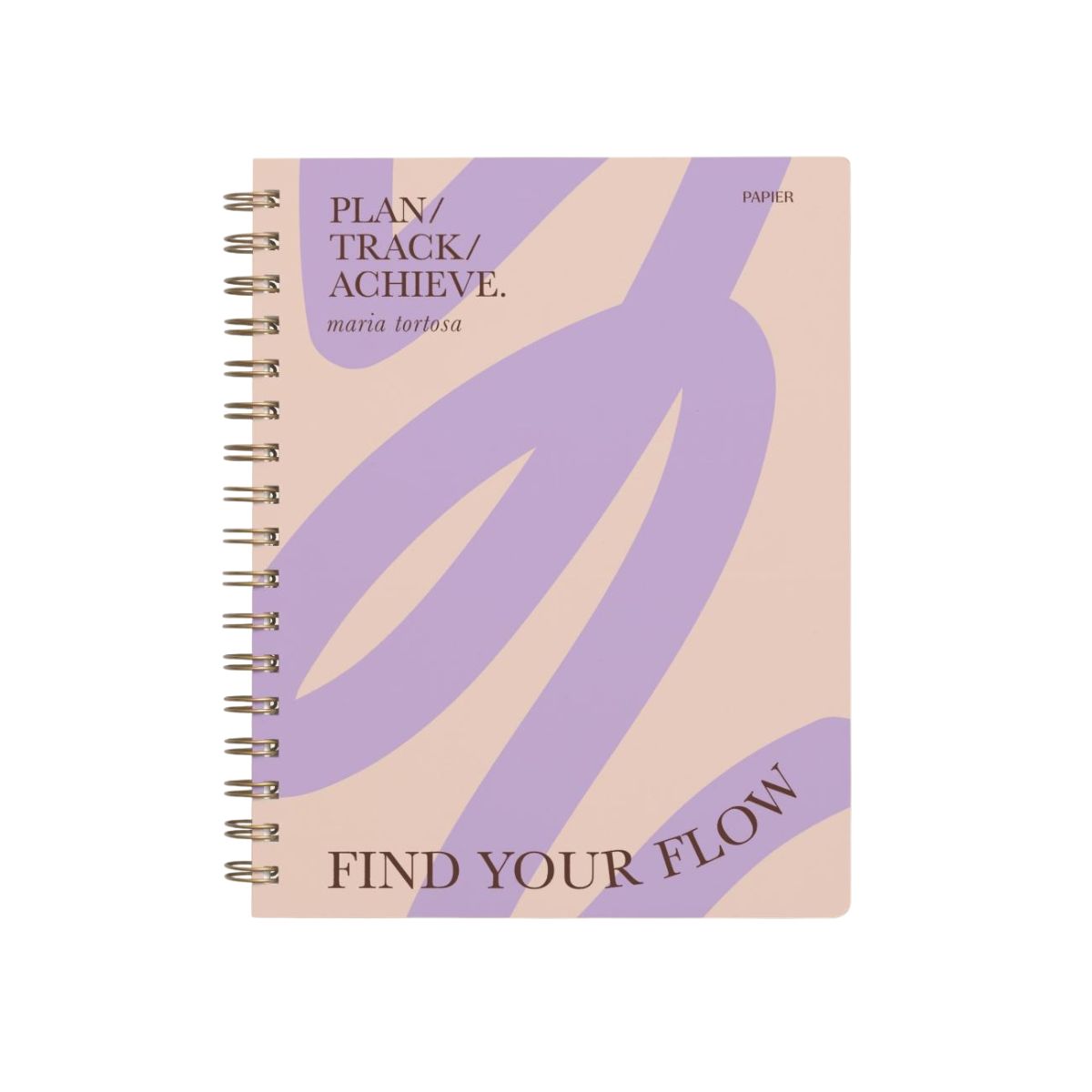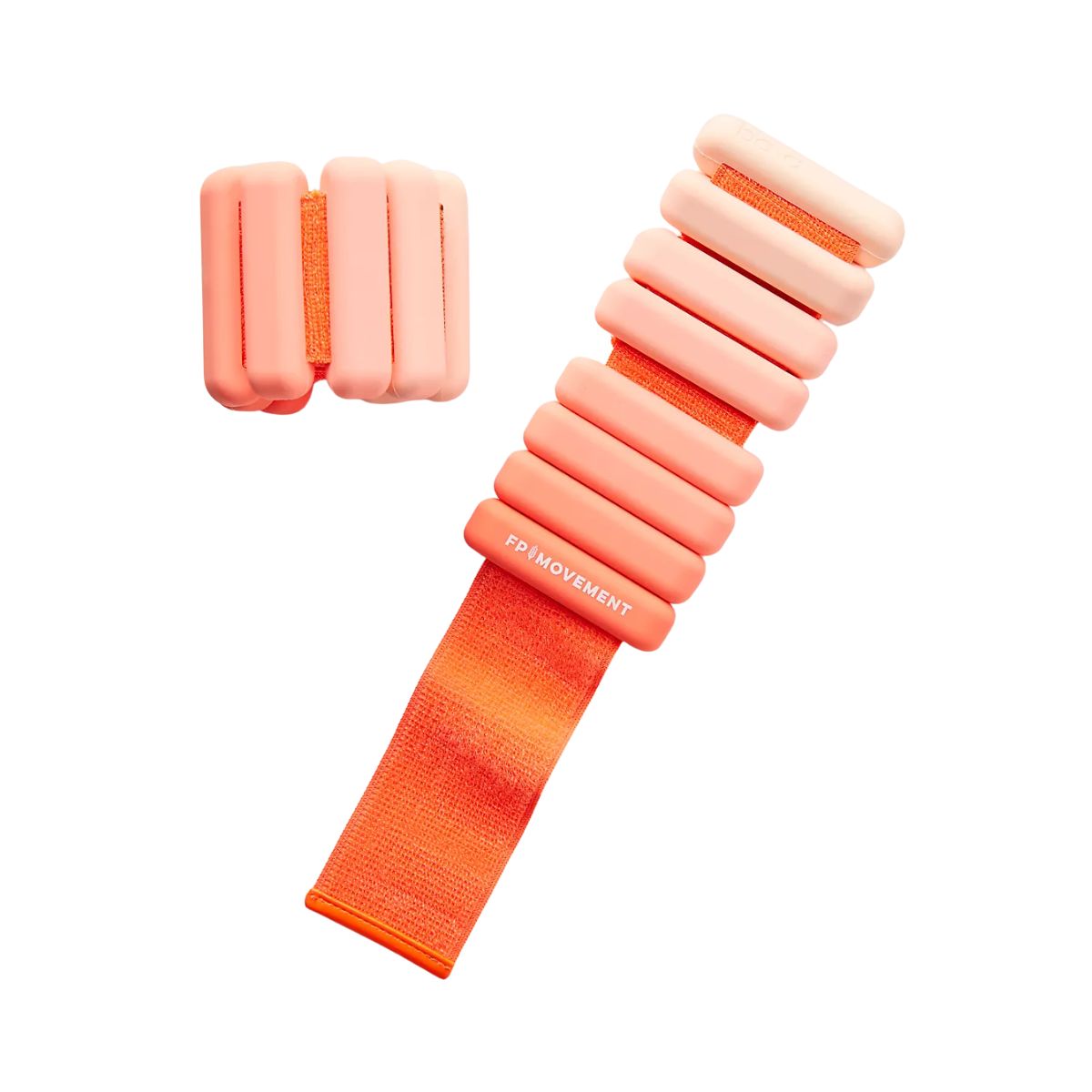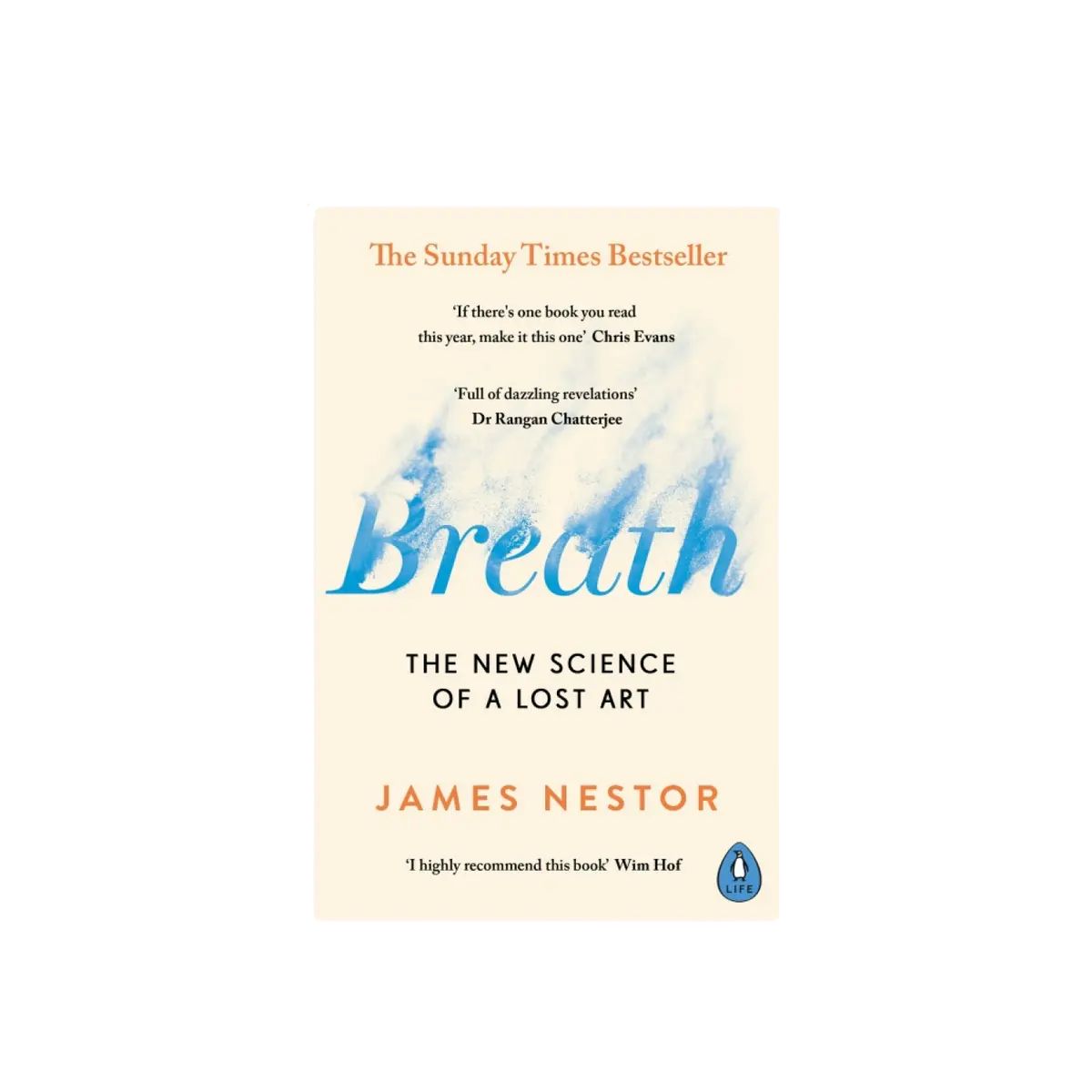TikTok’s “Monthly Curriculum” Trend Promises To Transform Your Life in One Month – So, Does It Work?
Kick off Q4 with a new approach.


Keen on a spot of self-improvement? Us, too - no matter how long it's been since we left school, there's just something about learning a new skill in a structured way that gives us all the feels.
So, if you're leaning into that autumnal new-term feeling, the chances are you'll have come across TikTok's latest trend: the monthly curriculum approach. Coined by social media creator Elizabeth Jean (aka #parmesanprincess), the premise is simple: choose a self-improvement goal for the month, add some (flexible) structure, and by month's end, you'll be rewarded with both a new skill and a sense of accomplishment.
And honestly? We're sold on the idea, but if you need any more convincing, hear this: studies (such as this one, published in the Consulting Psychology Journal) show that for humans to achieve goals, we need a combination of both motivation (the goal-setting) and practical ways to achieve it (the structure) - both of which the monthly curriculum trend has at it's core. Moreover, research also shows that learning new life skills positively influences mental health, too.
All of which has inspired us to explore the monthly curriculum approach, alongside experts, for your perusal. Keep scrolling for everything you need to know, but in the meantime, do check out our guides to the best wellness planners, our favourite (free!) self-care ideas and how to set goals, plus find out how one Health Writer got on when she tried a productivity planner, here.
TikTok's "monthly curriculum" self-improvement trend is everywhere right now - so, does it really work?
What is the monthly curriculum trend?
New to the trend? Listen up. Unlike other, more dubious social media phenomena, the monthly curriculum method seems both simple and effective. So, what exactly is it?
"‘Every day’s a school day’, the saying goes," muses counsellor Georgina Sturmer. "But as we move through adulthood, we often find that life gets in the way of our hobbies, our interests, the things that we find inspiring, or exciting. And so it can feel as if time goes by while we are going through the motions of work, family, and commitments at home. The idea of the ‘monthly curriculum’ purports to present an antidote to this. It suggests that we should map out a timetable for ourselves, planning new things for us to learn and try each month."
Put simply, the idea is that you craft a mini curriculum for yourself each month.
Celebrity news, beauty, fashion advice, and fascinating features, delivered straight to your inbox!
How does the monthly curriculum trend work?
The premise is simple, but how does the monthly curriculum trend differ from all the other self-improvement strategies we have to choose from? Well, you'll be pleased to hear it's about more than just semantics.
"The trend isn't about grades or productivity; it’s about learning, exploring, and improving your life in bite-sized, theme-based ways," notes psychotherapist Kamalyn Kaur. "Think about what you want to explore or get better at this month, rather than 'fixing' something about yourself."
Goals might include emotional regulation, creativity challenges, romanticising rest - anything that is catchy and shareable via social media. Once you've settled on an area (and given it an Insta-worthy moniker, of course), the next step is to break it into gentle and achievable steps - there's no toxic productivity, here.
Kaur recommends this simple framework:
- Pick a monthly theme: e.g. confidence, rest, boundaries, wellness, creativity, health, or joy.
- Choose three to five small goals based on your theme. For example: one book to read, one new habit, one self-care ritual, one challenge to try, or a new exercise.
- Track progress weekly, in whatever way appeals to you. This could be in a planner, notebook, digital planner, or via TikTok video updates. Some people are even using platforms such as Canva boards and Notion templates, while others keep it casual in the Notes app.
- Reflect at the end of the month.
- What did you learn? What do you want to carry forward?
What are the benefits of the monthly curriculum trend?
You'll have gleaned by now that we're fans of the method. And we're not alone, with monthly curriculum trend reels garnering thousands of likes across social media. The benefits speak for themselves - let's take a look in more detail.
1. You can easily track growth
Setting micro goals throughout the month means you'll really notice when you achieve them, creating a positive spiral of growth.
"Breaking vague goals (“be happier”, “get fit”, “calm down”) down into small, achievable steps makes growth easier to track and more tangible," notes Kaur.
2. It boosts motivation
It's neuroscience 101 that attainable goals boost motivation, and having mini-goals scattered throughout your month will not only keep you on track, but will garner little dopamine boosts that help to keep you on track.
"Seeing tangible results in short bursts boosts both confidence and motivation," shares executive coach Hannah Salton. "Focusing on one thing at a time makes growth feel realistic and motivating."
3. It reduces overwhelm
There are few things as likely to send us into a pit of procrastination and inaction as simply juggling too many things. Overwhelm and getting stuff done have long been mutually exclusive, but the monthly curriculum is a great antidote to this mindset.
"Rather than trying to fix everything at once, the monthly curriculum trend encourages you to only focus on one area of growth per month," says Kaur. "This reduces feelings of overwhelm, promoting structure, but with softness. The monthly cycle gives enough time to build momentum without it feeling endless."
4. It boosts consistency
Ticking small things off and the subesquent dopamine rewards breeds consistency, paving the way for long-term change.
"The whole point of the monthly curriculum trend is sustainability and consistency," shares Kaur. "This isn’t a one-month fix, it’s a long-term mindset shift toward intentional living that improves the quality of your life."
5. It fosters a sense of community
No matter how insular our lives may feel at times, we are social animals at heart, having evolved to thrive in group settings. While social media may be responsible for the fraying of social connections, it can also offer a valuable channel for finding like-minded people in a safe space, from the comfort of your own home.
"Ideas like the monthly curriculum approach foster community and accountability," agrees Kaur. "Lots of people join the trend publicly on TikTok, which helps them stay motivated and feel less alone."
Who is the monthly curriculum trend best for?
Another benefit of the trend is its accessibility and flexibility, making it suitable for pretty much anyone and everyone.
"Anyone can try the monthly curriculum method," notes Salton. "The key is to use it as a guide, not a rulebook. It should support your growth without adding pressure. Flexibility is important, so that you can adjust, pause, or repeat themes as needed."
In particular, Kaur advises that the trend benefits:
- Anyone craving structure with softness - people who want focus but dislike rigid systems.
- Students, professionals, and high achievers who thrive on organisation but need gentler self-growth.
- People navigating personal transitions or burnout recovery - it gives direction without pressure.
- Creators and coaches who want to share their self-development journey in a grounded, relatable way.
Are there any downsides to the monthly curriculum trend?
While the monthly curriculum approach is largely innocuous, the experts do advise approaching the trend with some degree of caution, especially if you're struggling with mental health issues.
"It's best suited for individuals who are psychologically stable and seeking structured self-enrichment, not clinical healing," cautions psychotherapist Karen Hartley. "It's not suitable for individuals dealing with significant trauma, clinical anxiety or depression as it lacks the professional support needed for those issues."
Additionally, it's important to separate the legitimate benefits of the trend from other, less helpful (or healthy) habits.
"The trend often interlinks with a "shop your way to wellness" mentality," notes Hartley. "There's a pressure to buy the recommended books, journals, courses, and products, which can create a barrier to entry and equate spending with progress. True growth often comes from internal reflection, not external purchases.
"Essentially, the monthly curriculum is a tool. Its value is determined not by how perfectly you follow it, but by how thoughtfully you use it to foster a more compassionate and aware relationship with yourself."
Words to live by, indeed.
Shop MC UK's go-to wellbeing essentials now:
How long should we be following the monthly curriculum trend for?
Another great thing about the approach? You can tailor it to fit your individual needs. Want to keep yourself accountable for a quick learning goal (Duo Lingo is going to thank you)? Try just completing a month. Need to totally overhaul your sleep hygiene? You'll likely need a little longer.
"Three to six months is a good starting point for the monthly curriculum trend," advises Salton. "Check in after a couple of months to see what’s working. Stick with a theme if it’s valuable, or switch it if priorities change. The framework is there to support you, not restrict you."

Anna Bartter is a freelance journalist who writes about health, fitness and women's lifestyle for publications including Stylist, Metro and Psychologies, among others.
She's always on a quest to find a variety of fun and functional workouts that give you the most bang for your workout buck and she's passionate about championing movement for everyone's mental and physical wellbeing.


